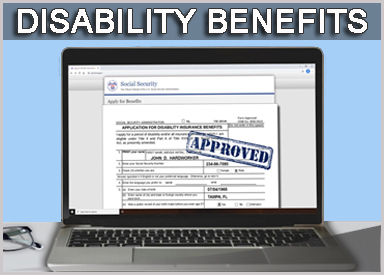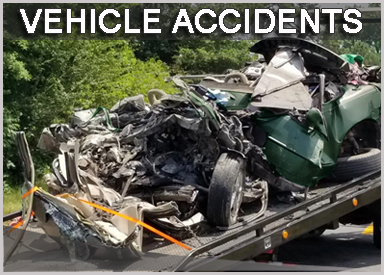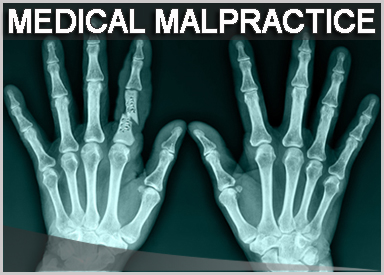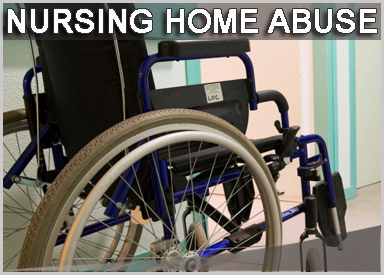Your Personal Injury Lawyers
Your Christian Law Firm, Dean Burnetti Law represents Personal Injury Victims in Polk County, including: Lakeland, Auburndale, Bartow, Haines City, Lake Wales, Mulberry, Polk City, and Winter Haven; in Hillsborough County, including: Brandon, Tampa, and Plant City; in Pinellas County, including Clearwater, St. Pete, Gulfport, Treasure Island, Largo, Oldsmar; and all of the surrounding Greater Central Florida and West Central Florida Areas.
1 Peter 5:7 - “Cast all your anxiety on Him because He cares for you.”
“Personal Injury” is a catch-all phrase used by many attorneys to cover most any type of incident where a person is injured due to the primary negligence or another party or entity. While many specific injury types have been addressed elsewhere on Your Christian Law Firm’s website, a few less frequently seen injury types are detailed below under the “Personal Injury” umbrella.
Boating Accidents / Boating Injuries / Personal Watercraft Injuries / SeaDoo Injuries
In 2017, the United States Coast Guard logged 4,291 boating or watercraft related accidents that involved 658 deaths, 2,629 injuries, and approximately $46 million dollars of damage to property as a result of recreational boating accidents.
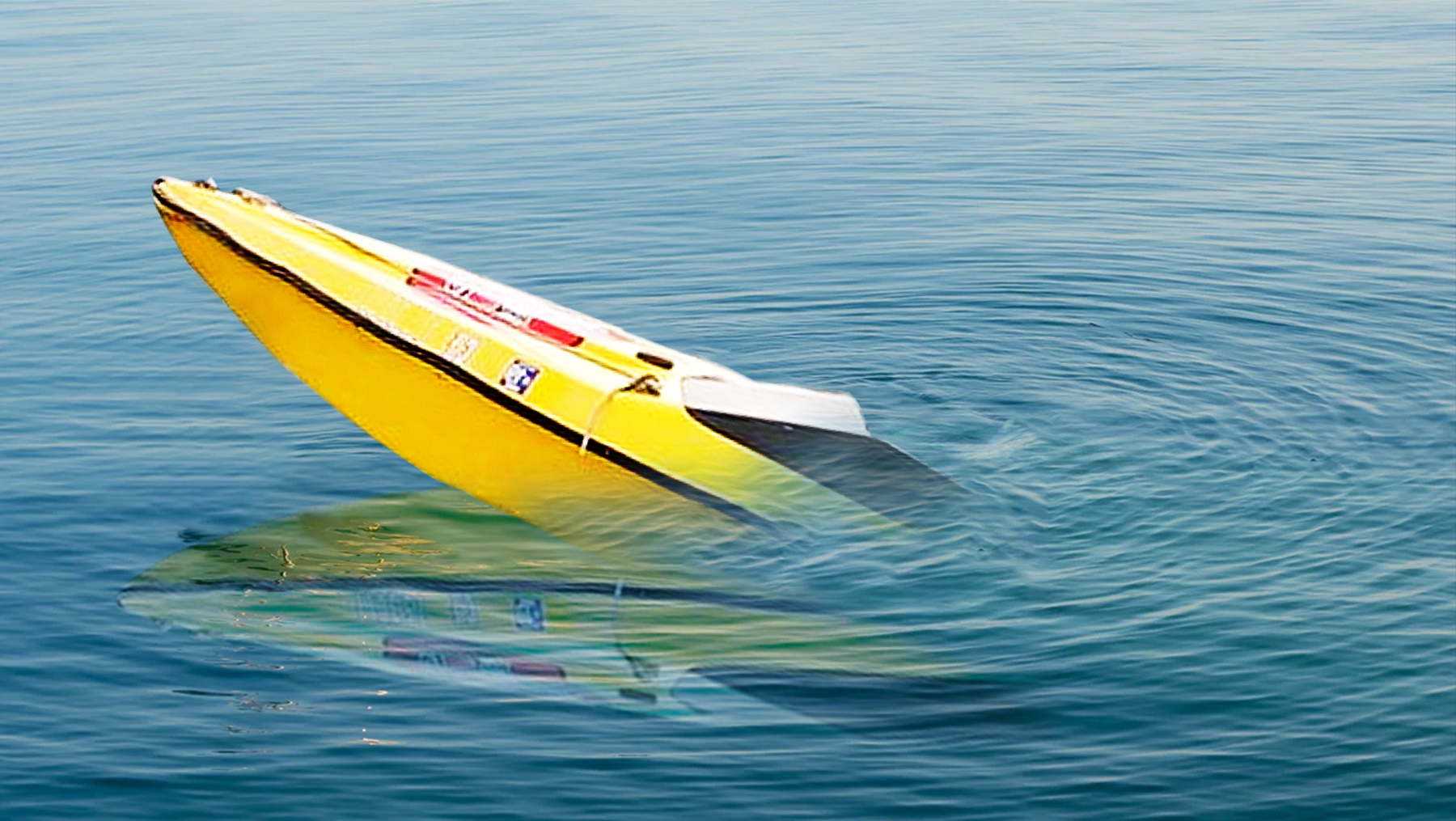 When someone is injured on – or by – a boat due to the negligence of another person, party, entity, or even because of a defect in the boat’s design, they deserve monetary compensation to help with the financial losses they sustained due to their injury.
When someone is injured on – or by – a boat due to the negligence of another person, party, entity, or even because of a defect in the boat’s design, they deserve monetary compensation to help with the financial losses they sustained due to their injury.
Just as with other types of personal injury cases, boating injury victims can entitled to reimbursed for the cost of their medical care, compensation for their pain and suffering, reimbursement of their lost income, reimbursement of their lost earning capacity, as well as reimbursement for their damaged property and a spouse’s compensation for the loss of companionship.
It’s important to note, however, that accidents and injuries can happen on boats or other watercrafts through no fault of any one. This means, that in order for you to be able to pursue a claim for your injuries, it must first be proven that someone was clearly negligent in the actions that led to your injury.
The majority of personal or pleasure boating accidents include the following scenarios:
Failure of the Boat Owner to Have and Maintain Legally Required Safety Equipment on Board
Florida’s boating laws require all personal or pleasure boats, no matter how small, to have certain types of safety equipment on board.
Class A recreational boats under 16 feet in length (including kayaks and canoes) must carry boat lighting equipment, a ventilation system, a sound-producing device, such as a bell, whistle, or horn, fire extinguishers of the right size and type, visual distress signals if the boat is on coastal waters or high sea, and one U.S. Coast Guard-approved Type I, II, or III Personal Floatation Device for every person on board or being towed.
Class 1 recreational vessels ranging from 16 feet to less than 26 feet in length, in addition to the safety equipment described above, also require one throwable Type IV, U.S. Coast Guard -approved device in serviceable condition, and backfire flame control. Furthermore, all passengers under the age of 6 must wear an approved Type I, II, or III Personal Floatation Device while the vessel is out of dock. If the boat is
on coastal waters or high seas, it will also need approved visual distress signals for nighttime and daytime use.
In addition to all the above, Class 2 and Class 3 recreational vessels must have both a whistle and a bell that can be heard from one nautical mile away when operating on Federally controlled waters. Furthermore, fire extinguishers need to be specifically matched to the boat type and length.
Injury (or death) caused by the lack of proper safety equipment on board could lead to a claim of negligence against the boat’s owner.
Collision with a Submerged Rock, Land, or Other Fixed Object
Even during the best of weather and clear visibility, a boat can hit a submerged object that is visibly undetected. In poor weather or during times of poor visibility, boats can hit a jetty or run aground on the coastline. If an injury (or death) to a passenger occurs due to a collision with a fixed object, the boat’s operator or owner may be liable, depending on the circumstances. If the vessel’s operator is traveling slowly and cautiously and has nautical charts of the area, but hits a submerged object, they will probably not be found to be negligent. Likewise, if they are speeding in the dark with dense fog in the area, and collide with a submerged object, they will likely be found to be negligent if someone is injured.
Collision with Another Boat
When two boats collide, both boats’ operators are typically found to be partially at fault. Because of this, injured passengers of either boat may make a legal claim against both of the boats’ operators. If one vessel operator was injured, he or she would be allowed to make a claim against the other boat operator if the injured party was found to be less than fifty percent responsible for the collision.
Likewise, in instances when a sailboat and a motorboat collide, the motorboat is more likely to be found negligent because maritime laws require motorboats to give sailboats the right of way and stay clear of them.
Hitting Another Boat’s Wake
When a boat suddenly hits the big wake of another boat, the jolt can knock standing passengers to their knees, thrust seated passengers out of their seats, and even toss them overboard. Unfortunately, liability for a wake accident can be hazy at best. Safe boating practices, as well as boating laws, require boat operators to be diligent in their observation of potential hazards which could damage their boat or injure their passengers. In the event of a wake accident, liability depends on various circumstances, including:
- Visibility and weather conditions
- The size of the wake
- The speed of the boats
- Whether the injured person was on a sailboat or a motorboat
- Other boat traffic in the accident area
- Whether the boat operator (who hit the wake) warned the passengers that they were approaching a sizable wake
Depending on various circumstances, the operator of the boat that created the wake could also be legally negligent. If the boats were in a no wake zone (such as in inner harbors or marinas), even a small wake would violate the boating safety rules, and the operator would be negligent. If the boat was speeding through a busy area among other boats, causing a large wake, it’s possible that the operator who caused the wake could be found negligent for creating too large of a wake for the area. However, if the wake accident occurred in an isolated area, the boat operator who caused the wake is unlikely to be found negligent.
Hitting a Wave
Injuries caused by a boat hitting a wave can be similar to those caused by a boat hitting a wake. However, since there is no other boat to hold liable, the boat operator’s negligence will depend on the same type of circumstances as in a wake accident, including:
- Visibility and weather conditions
- The size of the wake
- The speed of the boats
- Whether the injured person was on a sailboat or a motorboat
- Other boat traffic in the accident area
- Whether the boat operator (who hit the wake) warned the passengers that they were approaching a sizable wake
An Inexperienced Vessel Operator
The United States Coast Guard cites vessel operator inexperience as a common cause of boat crashes. All vessel operators are required to understand the basics of safely operating a boat as well as the boating navigation rules. Operators must also be able to handle boating emergencies as they transpire.
Failure of the Boat Operator to Pay Attention
Boat operators are legally required to be alert and maintain a sense of awareness of what is going on around the watercraft, both in activity and in circumstance. If another vessel’s operator and/or the operator of the boat on which you are riding fails to pay attention and, in doing so, causes an injury, this could result in a legal claim or personal injury lawsuit.
Failure of the Boat Operator to Properly Watch for Hazards
Often, a conscientious boat operator designates a “lookout” to help them spot any potential hazards. When they fail to do so, this increases the likelihood that they may collide with another boat or some other obstacle in the water.
Dangerous Weather Conditions and Perilous Waters
Both weather and water conditions can change quickly and unexpectedly. While some dangerous conditions cannot be predicted, many adverse weather or water conditions can be anticipated. Watercraft operators have a duty to be aware of all potential water and weather dangers that may arise.
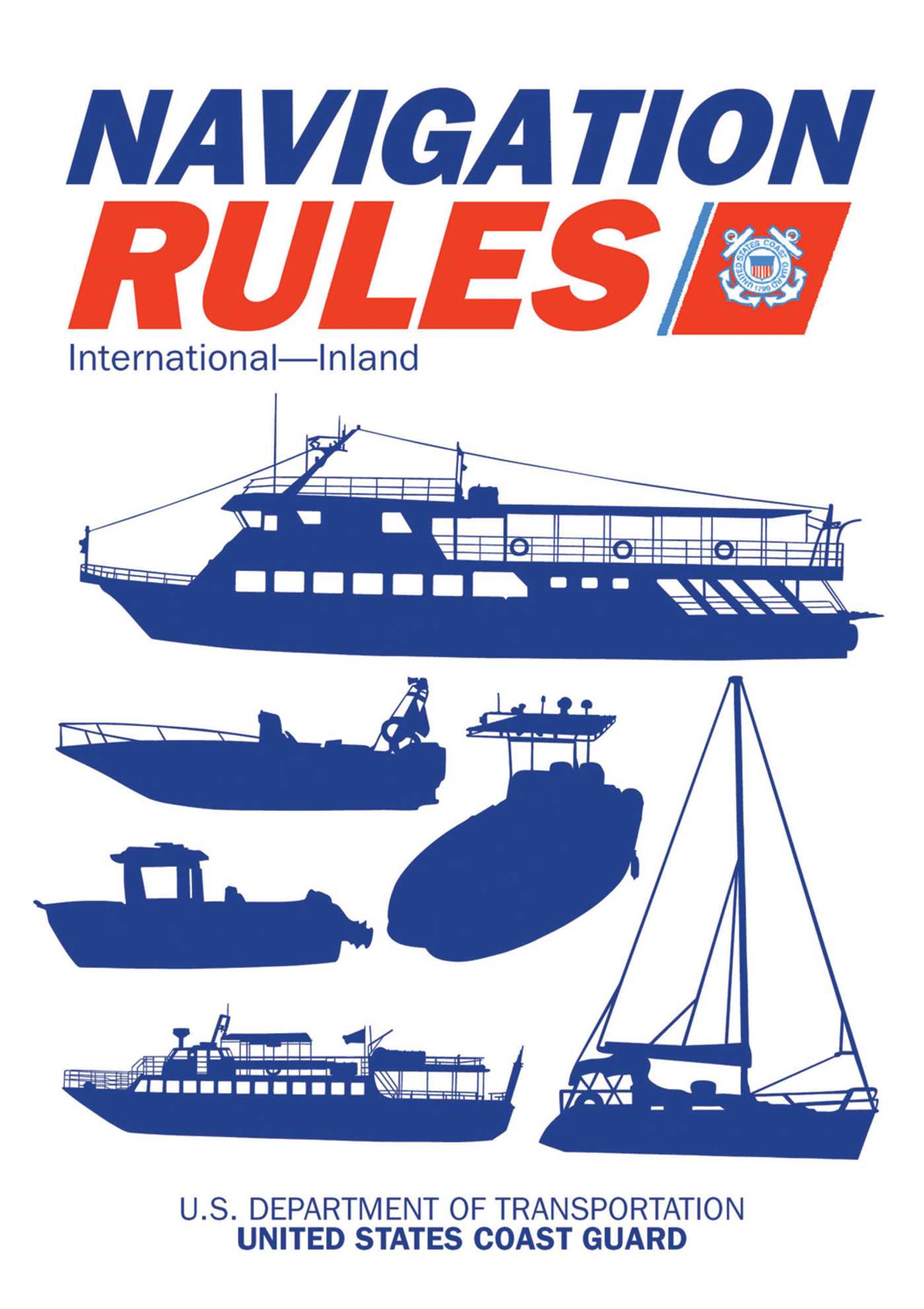 Violating or Neglecting to Observe Navigational Rules
Violating or Neglecting to Observe Navigational Rules
Just as there are traffic laws on the road, there are navigational rules that apply to driving in the water. If a boat operator fails to follow the rules of navigation and causes a collision that injures a passenger on his or another boat, that operator is legally liable for that person’s injuries and the financial obligations that arise from those injuries.
Speeding
Speeding (or failure to observe a safe speed) is another common cause of boating accidents that cause injuries. Just like with automobiles, boats must be operated at a safe speed, which allows the vessel operator time to react when they encounter other boats or other dangers on the water.
Equipment Failure
There are strict laws regarding equipment and its maintenance on all watercraft in Florida. Proper equipment maintenance is vital for operating the watercraft safely. The boat’s owner is legally responsible to maintain the boat and its equipment in a method that ensures that it is safe to be operated in water.
Boating Under the Influence (BUI)
Boating under the influence of alcohol or drugs (whether illegal, prescribed, or over the counter), causes a significant percentage of serious injuries and deaths on the water. Just as in all 50 states of the U.S. agree that an automobile driver with a 0.8% blood alcohol level means they are considered to be impaired, most states also consider a boat operator with a blood alcohol level of 0.08% to be legally impaired.
So, after being injured in a boating accident, what do I do?
Similarly to a car accident legal claim, if a boat operator’s negligence caused you to become injured, you are entitled to monetary compensation. This compensation would cover your physical and mental pain and suffering, your lost wages, your loss of earning capacity, scarring, anticipated future medical treatment, and the value of your medical bills already incurred by the accident.
*~*~*~*~*~*
Waterskiing Injuries
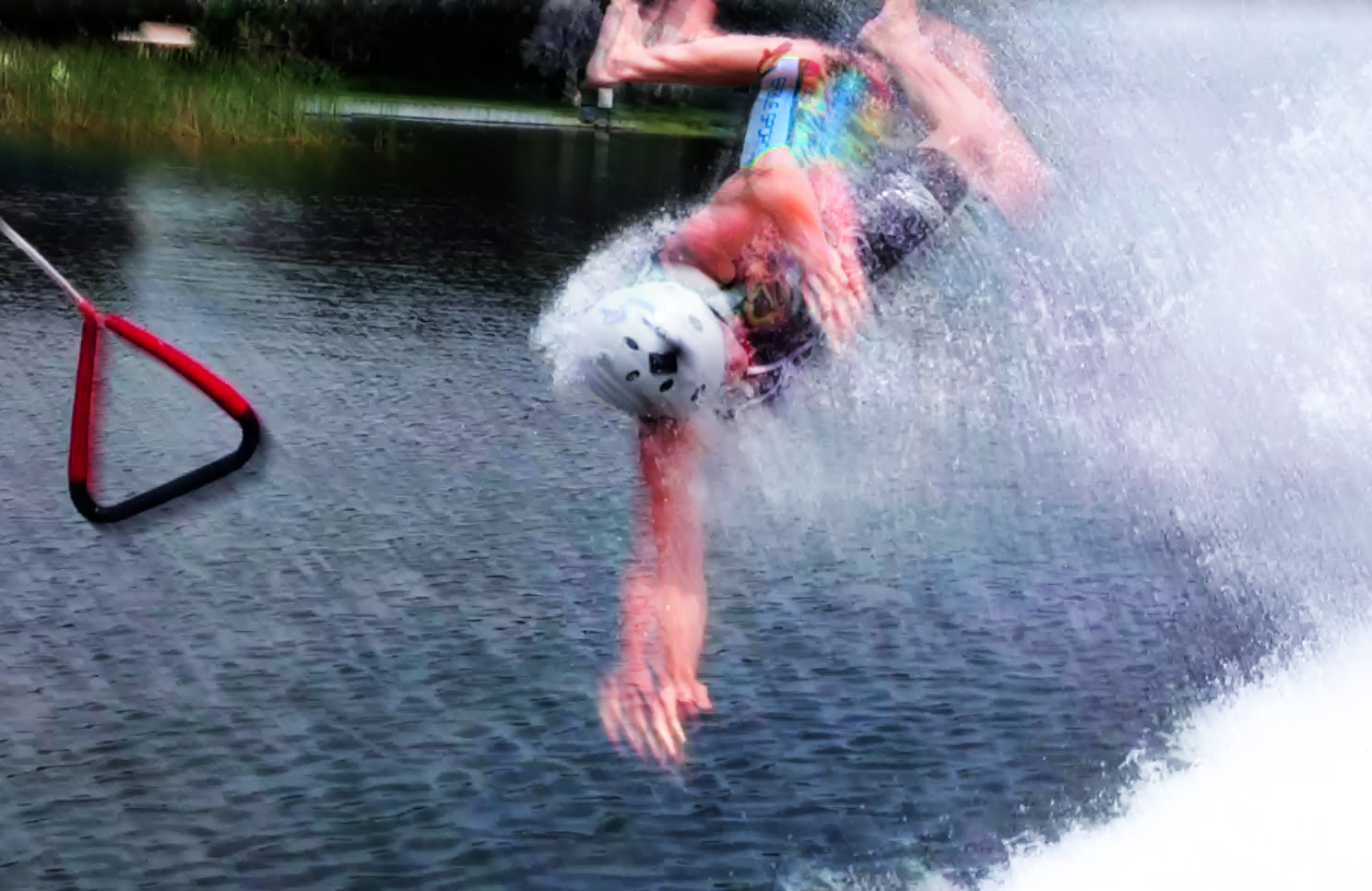 The sport of waterskiing is not only dependent on the ability of the skier. In fact, many people don’t realize that waterskiing is – or should be – a three-person team sport, including the skier, the boat operator, and the observer (sometimes called the spotter). The observer’s job is to watch the skier at all times and keeping the boat driver apprised of any hand signals made by the skier or distress the skier might experience.
The sport of waterskiing is not only dependent on the ability of the skier. In fact, many people don’t realize that waterskiing is – or should be – a three-person team sport, including the skier, the boat operator, and the observer (sometimes called the spotter). The observer’s job is to watch the skier at all times and keeping the boat driver apprised of any hand signals made by the skier or distress the skier might experience.
Even though Florida’s boating laws require a waterskiing observer only when the boat does not have a wide-angle rear-view mirror, in the interest of ensuring the skier’s safety, an observer and a wide-angle mirror increase the protection of the skier.
When a water-skier gets injured, the first thing a personal injury attorney will do is review the circumstances surrounding the injury and compare them the Florida’s laws, safety regulations, protocol, and Florida Fish and Wildlife Commission guidelines regarding the sport, including:
- Allowing the skier plenty of space
- Maintaining at least a 5-to-6-feet deep depth of water beneath the skier
- Maintaining a minimum of 100 feet from the tow boat to other objects or areas, such as the shore, the dock, other boats, other skiers, and designated swim areas
- Confirming the skier’s ability to swim well
- Ensuring that the skier wears an approved personal floatation device (life jacket)
- Avoiding nighttime waterskiing (staring 30 minutes past sunset and ending 30 minutes prior to dawn)
- Water-skiers not skiing if they have consumed alcohol or drugs
Furthermore, while not a law, it is a good practice when waterskiing – prior to heading out – for the boat operator, the skier, and the observer to establish clear hand signals for the following:
- Slow down
- Go faster
- Turn left
- Turn right
- Stop
- Cut the motor
- Pick me up
The Journal of Sports Science & Medicine reports that water skiers’ most common injuries are:
- Shoulder sprains and strains
- Lacerations to the head and neck
- Ankle sprains and strains
- Concussions
- Drowning
Besides waterskiing on skis, another popular form of the sport is barefoot waterskiing. Barefoot waterskiing was developed in Florida in the 1940s, and Polk County is the home of the Annual Barefoot Water Ski National Championships each August. While barefooted skiing may seem like the skier is showing off a bit, the sport does come with some added risk. Keep in mind that barefoot skiers have no protective barrier between the soles of their feet and the water passing under them at 40 miles per hour!
Barefoot skiers start by laying supine in the water while holding the boat’s tow rope. When the boat speeds up, the skier folds his body in half, gets up on their feet, and digs their heels into the water, all while maintaining their balance. The most common cause of crashes with barefoot skiing is when the skiers’ toes fall below the waterline.
*~*~*~*~*~*
Jet Skiing Injuries
The United States Coast Guard reports that jet skis are involved in nearly one-third of all reported boating accidents and are responsible for close to half of all reported boating injuries.
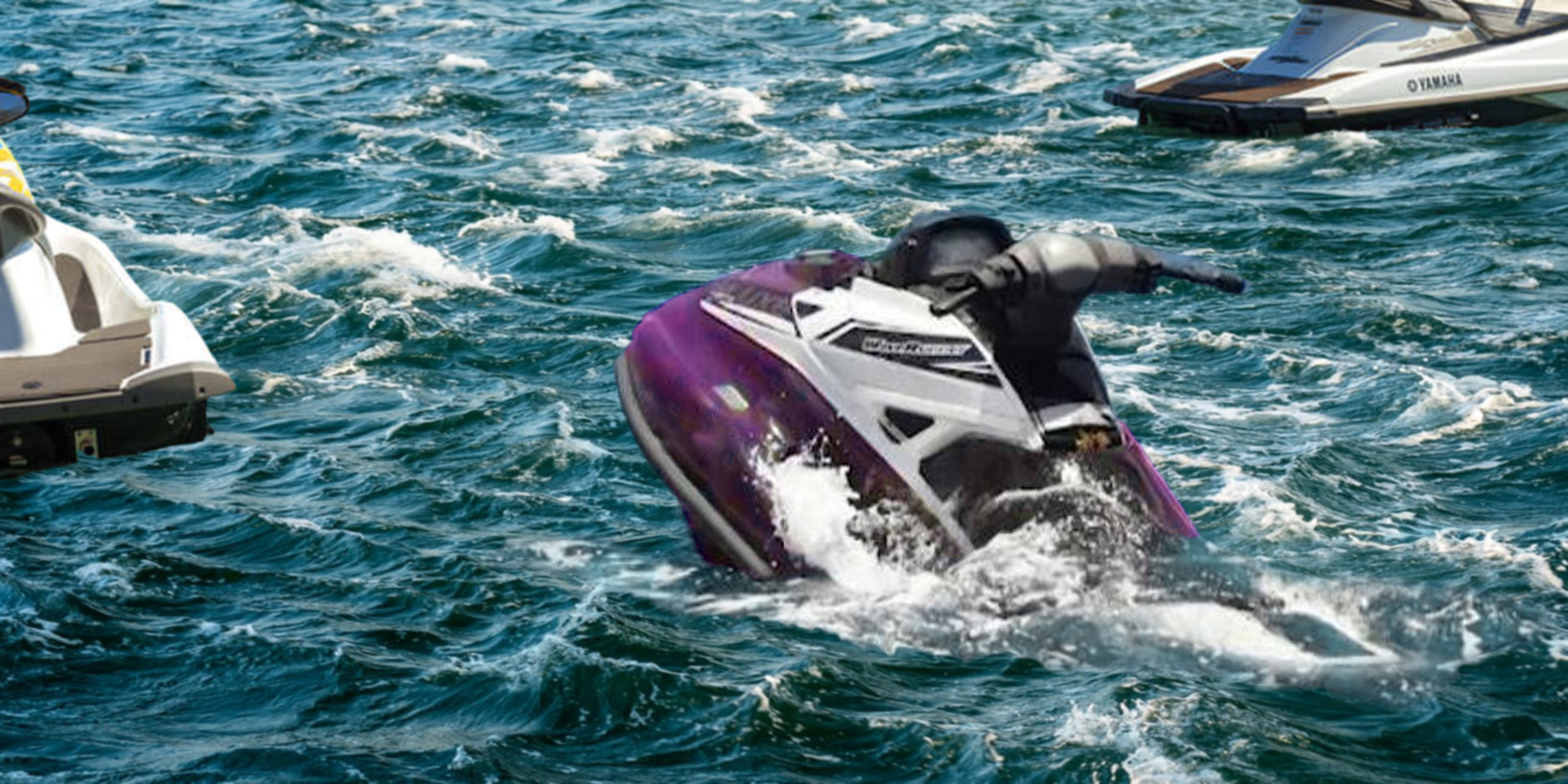 Victims of jet ski accidents may be eligible for compensation from the responsible party if it is proven that they were negligent. Jet ski accident negligence can include:
Victims of jet ski accidents may be eligible for compensation from the responsible party if it is proven that they were negligent. Jet ski accident negligence can include:
- Failure to operate the jet ski with reasonable care
- Distracted jet ski driving
- Underage jet ski driving
- Inexperience of the jet ski operator
- Speeding
- Reckless driving
- Drug use by the jet ski driver
- Alcohol use by the jet ski driver
- Jet ski manufacturer defect
- Defective jet ski design
- Failure of the jet ski manufacturer to post appropriate safety warnings
Another problem that aids in the number of jet ski accidents is that many of Florida’s beaches offer jet ski rentals with minimum requirements. The minimum age to book a jet ski rental in Florida is 16 years old, and the driver must have a valid photo ID. Anyone under 18 years old also must have a signed waiver from a parent or legal guardian. All jet ski drivers must also have a boat safety card, obtained by following a brief on-site safety course. However, jet ski rental passengers have no age restrictions.
It’s no surprise that with all Florida’s beaches and year-round warm weather, the Sunshine State leads the United States in the number of boating accidents and fatalities, according to the Florida Fish and Wildlife Conservation Commission.
Boating and jet ski injuries commonly include:
- Bruises
- Cuts
- Abrasions
- Soft tissue injuries
- Bone fractures
- Broken bones
- Internal injuries
- Spinal cord injuries
- Traumatic brain injuries
- Amputations
- Drownings
- Death
*~*~*~*~*~*
Burn Injuries
The American Burn Association reports that an estimated 450,000 people in the United States seek medical attention for burns each year. This statistic does not account for burn injuries treated in hospital clinics, private medical offices, or community health centers. Of these 450,000 annual burn injuries, 3,400 of them turn out to be fatal!
The American Burn Association has categorized these burn injuries to adults by their source:
- 44% of annual burn injuries result from fire or flame burns
- 33% of annual burn injuries result from result from scalding injuries caused by wet or moist heat
- 9% of annual burn injuries result from direct contact with a hot source
- 4% of annual burn injuries result from electrical burns
- 3% of annual burn injuries result from chemical burns
- The remaining 7% of burn injuries are caused by other, miscellaneous sources
Of annual burn injuries to children, their sources are:
- Scalding is the most common burn injury in children under four years old, accounting for 200,000 injuries per year.
- An estimated 50 percent of scalds are from spilled food and drinks, while the remainder are primarily from hot tap water and hot objects such as irons, stoves, and heaters.
- Each year, roughly 250,000 children under age 17 require medical attention for burn injuries.
- Roughly 15,000 children require hospitalization for burn injuries.
- An estimated 1,100 children per year die from fires and burn injuries.
Of the 3,400 annual deaths from burns, they are caused by:
- 2,550 burn deaths are a result of residential fires.
- 300 burn deaths result from vehicle crash fires.
- The remaining 550 burn deaths result from other causes, such as flames, smoke inhalation, scalding, and electricity.
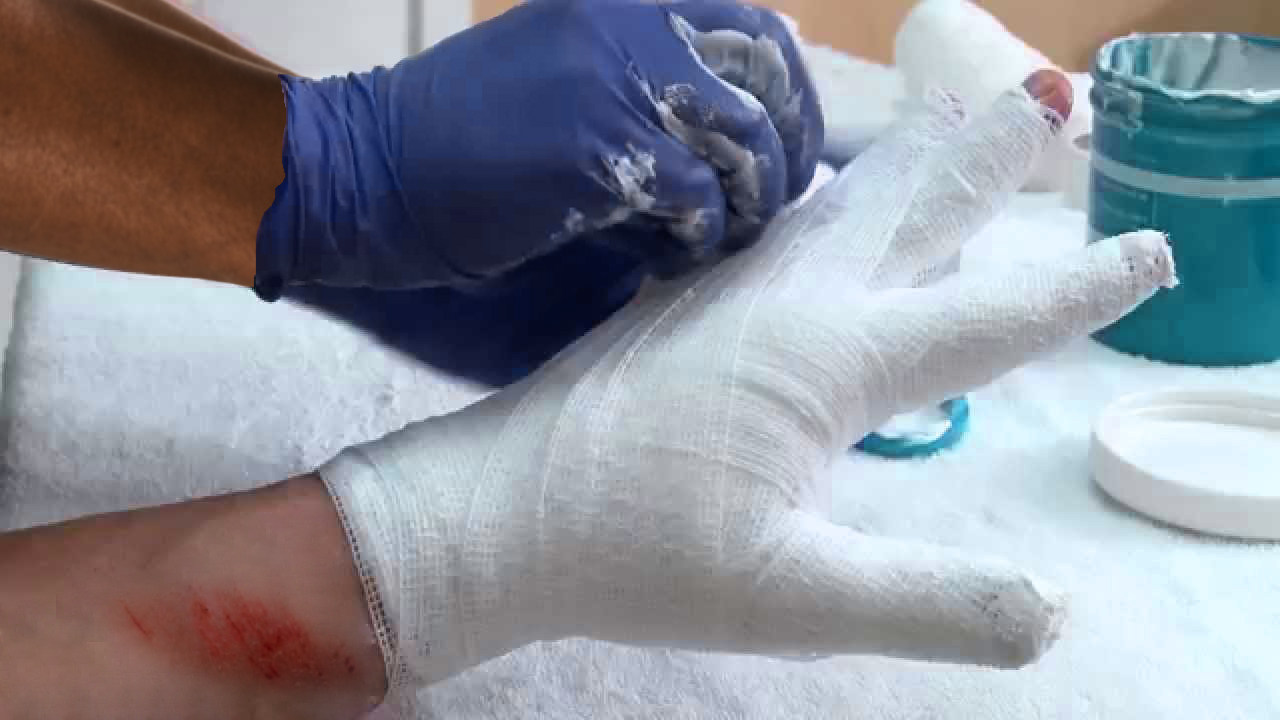 The Centers for Disease Control and Prevention (CDC) reports that burns and fires are the third leading cause of death in the home. In 2010, a fire-related death occurred every 169 minutes. A fire-related injury occurred every 30 minutes.
The Centers for Disease Control and Prevention (CDC) reports that burns and fires are the third leading cause of death in the home. In 2010, a fire-related death occurred every 169 minutes. A fire-related injury occurred every 30 minutes.
Severe burns are often classified as “catastrophic injuries” because of the permanent effect they can have on the victim. Burns can result in skin damage, nerve damage, and tissue damage. Burns can also penetrate to areas beneath the skin, damaging muscle, fat, bones, and even organs.
Severe burns can lead to complications, such as respiratory problems, infections, shock, and even amputation or death. Surface burns can cause painful blisters on the skin, loss of skin or hair, disfigurement, inflammation, physical scars, and excruciating pain.
A burn victim may be physically impaired for life or out of work for months, may require surgery or multiple surgeries, may need mobility equipment, months of grueling physical therapy, and may suffer severe mental trauma from the event.
*~*~*~*~*~*
Motorized Mobility Scooter Injuries
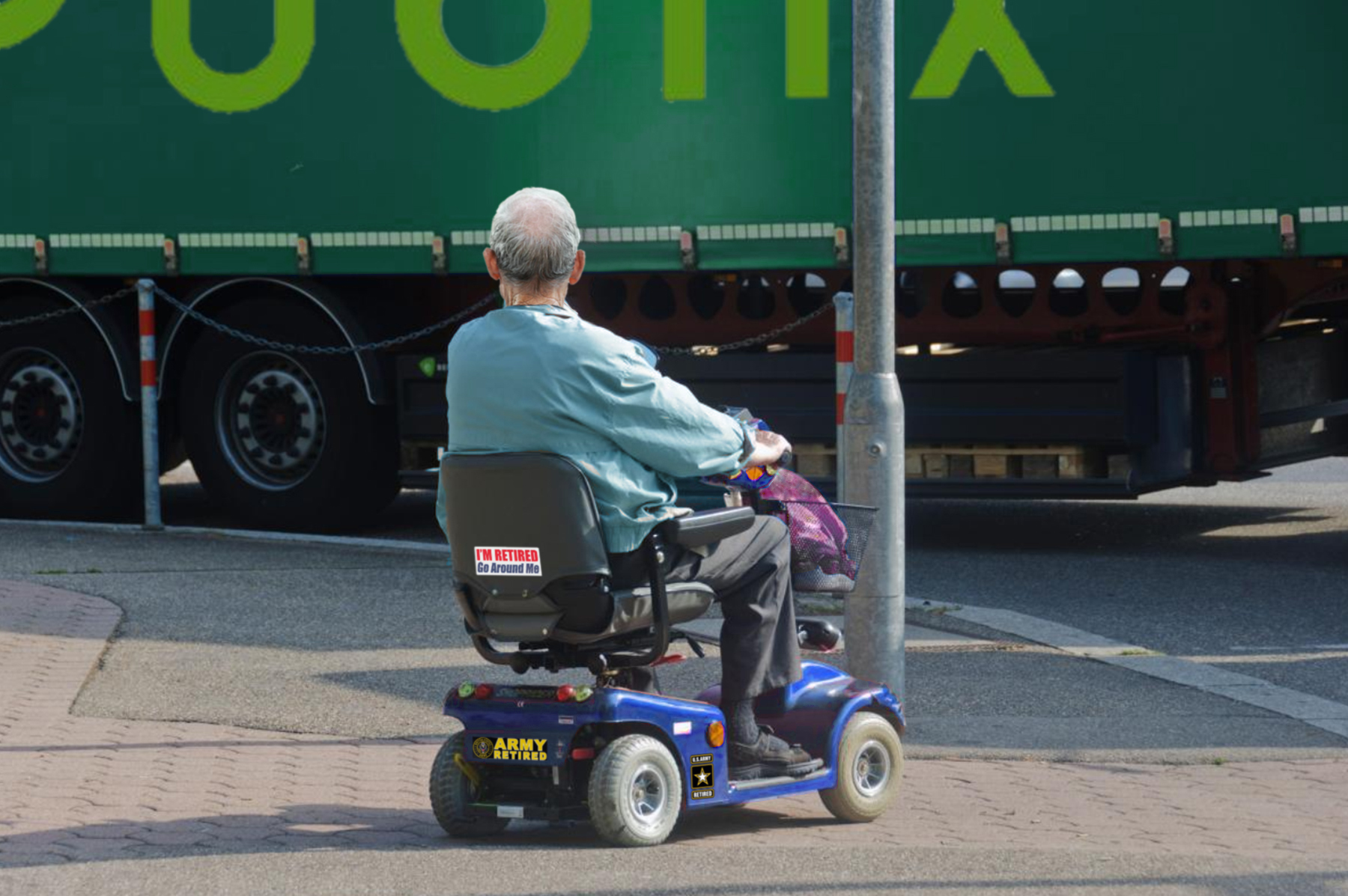 Personal motorized mobility scooters are involved in an average of 208 accidents each year. Most motorized mobility scooters can go up to 8 miles per hour. While by most counts, this seems like a slow, safe speed, it’s still fast enough to cause major accidents – and major injuries. The United States sees an increase in motorized mobility scooter accidents every year, and it is not uncommon for them to, at times, be fatal. Some of these accidents involve major injuries after colliding with an automobile, while others involve serious injuries after running into pedestrians. Others, yet, involve the mobility scooter driver alone.
Personal motorized mobility scooters are involved in an average of 208 accidents each year. Most motorized mobility scooters can go up to 8 miles per hour. While by most counts, this seems like a slow, safe speed, it’s still fast enough to cause major accidents – and major injuries. The United States sees an increase in motorized mobility scooter accidents every year, and it is not uncommon for them to, at times, be fatal. Some of these accidents involve major injuries after colliding with an automobile, while others involve serious injuries after running into pedestrians. Others, yet, involve the mobility scooter driver alone.
Unlike other motorized modes of transportation, personal motorized mobility scooters are not only found outside, but can often be seen in promenades, malls, grocery stores, movie theaters, churches, department stores, in restaurants, on sidewalks, in parking lots, in parks, in public restrooms, and in just about every other public place you can imagine.
People ride personal motorized mobility scooters for various reasons. Many are physically unable to walk due to a recent surgery, a permanent disability such as arthritis, a weight condition, a medical condition such as COPD, a temporary injury such as a broken knee, or because their advanced age restricts the limits of their mobility – and thus, their independence.
Sometimes, because of these medical conditions, the drivers of personal motorized mobility scooters may not have the best reflexes, and several recent accidents have involved drivers who were unaware that they had even collided with another individual, and they kept right on going. It is for this reason, pedestrians – and vehicle drivers – need to pay diligent attention when they are in the presence of a scooter driver, and parents of young children must also be conscientious of their child’s surroundings.
Often times, the personal motorized mobility scooter may not even belong to its driver, but may be driven by a patron of a store who offers free scooter use to their shoppers. In these cases, the scooter being used, may not be calibrated or maintained regularly, and/or the driver may not be used to actually operating one of the machines, which may increase the likelihood of an accident.
*~*~*~*~*~*
(2-Wheeled) Electric Scooter Accident Injuries a/k/a E-Scooter Accident Injuries
Consumer Reports conducted a recent investigation that concluded there were at least 1,545 two-wheeled electric scooter accidents (with injuries) in the United States in 2018.
Another 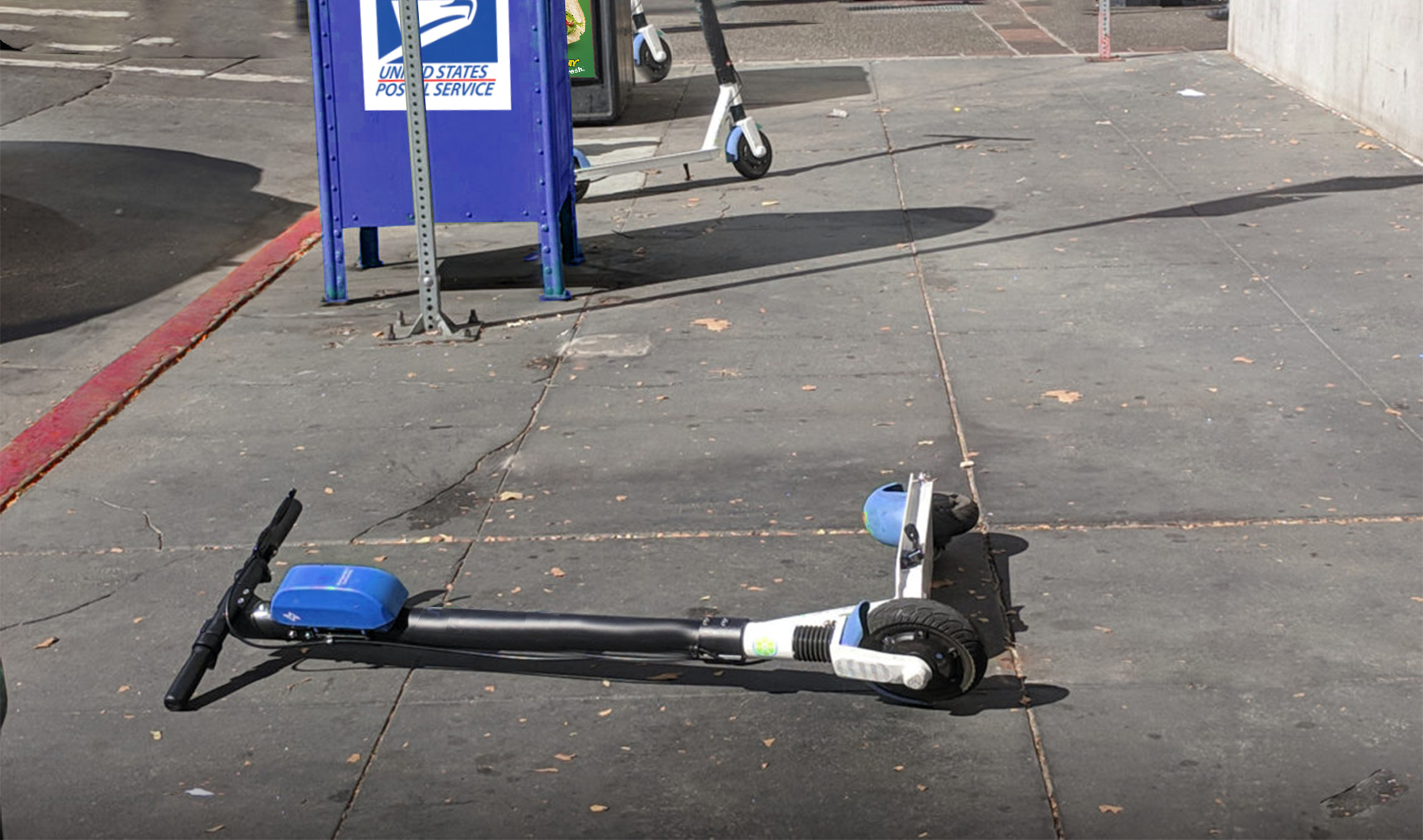 study found that the electric scooter / e-scooter injury rate was 2.2 accidents with injuries per 10,000 miles, a number which is far larger than the national average for motorbike injuries which is 0.05 accidents with injuries per 10,000 miles, and automobiles with 0.1 accidents with injuries per 10,000 miles.
study found that the electric scooter / e-scooter injury rate was 2.2 accidents with injuries per 10,000 miles, a number which is far larger than the national average for motorbike injuries which is 0.05 accidents with injuries per 10,000 miles, and automobiles with 0.1 accidents with injuries per 10,000 miles.
Dr. Christopher Ziebell, the emergency room medical director of Dell Seton Medical Center at the University of Texas at Austin states that, “If you hit the ground at 20 miles per hour [falling from an e-scooter] or [if] a baseball bat hits your head at 20 miles per hour, that’s about the same thing.”
In March 2019, the Centers for Disease Control and Prevention launched a comprehensive study of electric scooter accidents. So far, their data evidences that most e-scooter accidents do not involve other vehicles. Additionally, it shows that most of the e-scooter riders involved in accidents were not wearing helmets at the time of their crash. In fact, among injured rides, another study shows that only 4% wore helmets at the time of their crash.
Unfortunately, as e-scooter ride-share rental stations increase across the nation, the number of injuries is also projected to rise. With the exploding popularity of Skip, Spin, Bird, Lime, and Scoot, the country’s most popular lines of electric scooter-rental services, and their vehicles buzzing along city streets and sidewalks around the world, these companies allow riders to locate and unlock scooters with an app. (Even if the rider has had no prior experience on such a motorized device.) When the rider reaches their destination, they just walk away. Many automobile drivers and pedestrians see these e-scooters as dangerous gadgets that must be stopped, yet a growing number of urban planners consider them, along with bikes, the future of urban transport.
*~*~*~*~*~*
Segway Accident Injuries
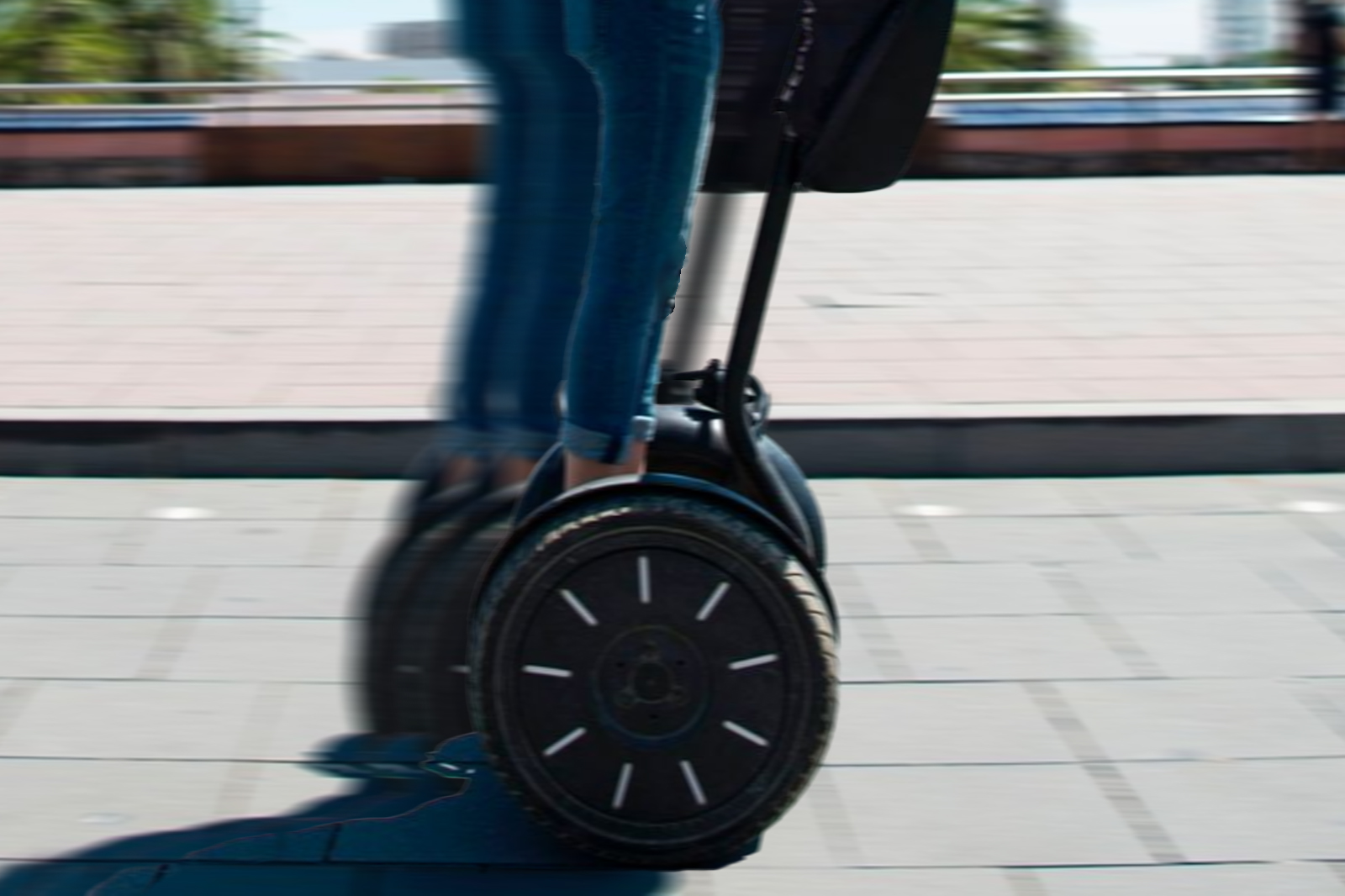 Less than 20 years ago, the two-wheeled Segway “personal transporter” was introduced to the public. While at first, only a handful of them might be seen in the Sunshine State used by businessmen in urban areas such as downtown Orlando, Tampa, Jacksonville, or Miami, they have since gained popularity. Police officers frequently use them to patrol areas with many pedestrians. In fact, ss of a decade ago, Segways were in use by more than one thousand police departments around the world. That number has since grown. They’re also used by airport security personnel, commuters, as well as by guided tour groups in various locations. Many are available for individuals to rent in numerous touristy places.
Less than 20 years ago, the two-wheeled Segway “personal transporter” was introduced to the public. While at first, only a handful of them might be seen in the Sunshine State used by businessmen in urban areas such as downtown Orlando, Tampa, Jacksonville, or Miami, they have since gained popularity. Police officers frequently use them to patrol areas with many pedestrians. In fact, ss of a decade ago, Segways were in use by more than one thousand police departments around the world. That number has since grown. They’re also used by airport security personnel, commuters, as well as by guided tour groups in various locations. Many are available for individuals to rent in numerous touristy places.
The Segway runs on a battery-powered motor. The operator stands upright on a platform and leans forward to go straight ahead or speed up and returns to upright or leans slightly backward to slow down or stop. They can travel up to approximately 12 miles per hour.
The two-wheeled people mover may look like fun, but they can also be dangerous. In fact, the George Washington University Hospital in Washington, D.C. (a city that rents hundreds of Segways to tourists each day), states that at least 25% of the patients who report to their hospital with Segway injuries end up being admitted for overnight (or longer) medical care. In a short timeframe, researchers examined records for 41 people who visited the emergency room with Segway injuries, and found that ten of the 41 injured Segway riders were admitted to the hospital, and that of those ten, two underwent surgeries, one for facial fractures and one for a tibia fracture, and 4 people had to be sent to the ICU because they had suffered traumatic brain injuries.
Of people who have suffered injuries while riding Segways, only 17% wore helmets, which are recommended for all riders by the Bedford, New Hampshire-based company that manufactures the Segways. Despite the manufacturer recommendation for head protection, helmets are often not required by law in certain localities where Segways are used.
Ironically, James Heselden, the 62-year-old British businessman who purchased the Segway company from its U.S. inventor, Dean Kamen, died after falling off a 30-foot cliff before skidding into the Wharfe River while riding one of his machines near his estate in Yorkshire, England. It is unknown if he was wearing a helmet at the time of the accident.
Most Segway injuries occur when riders fall off the machines, sometimes after striking an inanimate object. Segways are now included in the same injury category as four-wheeled motorized scooters.
Luke 12:25-26 - “Who of you by worrying can add a single hour to your life? Since you cannot do this very little thing, why do you worry about the rest?”
Call (863) 287-6388 in Polk County or (813) 287-6388 in Hillsborough County and Pinellas County today to schedule a free confidential consultation with an attorney at Your Christian Law Firm, Dean Burnetti Law.

Our Statement of Faith
We declare that Jesus Christ is the Lord of all. That the Holy Spirit abides in the midst of all within our halls. That the power of prayer is our shield and sword.
We declare that Christ is the cornerstone of this firm.
LAKELAND OFFICE:
1937 East Edgewood Drive, Suite 102,
Lakeland, Florida 33803
Lakeland: (863) 287-6388
BRANDON OFFICE:
413 Lithia Pinecrest Road,
Brandon, FL 33511
Brandon: (813) 287-6388
ST. PETE OFFICE:
11300 4th Street N., Ste. 140,
St. Petersburg, FL 33716
St. Pete: (813) 287-6388




